World Water Day 2023: groundwater photo stories
A showcase of groundwater use from around the world highlighting how developing groundwater has benefited the lives of many people.
22/03/2023 By BGS Press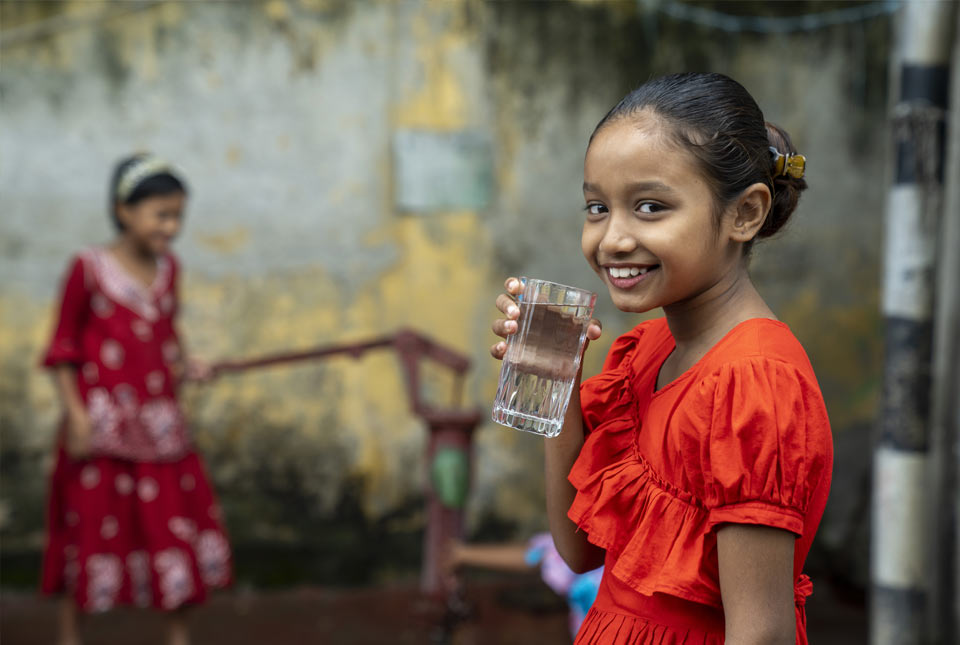
This collection of photo stories celebrates the way groundwater development has benefited many people.
Groundwater is fundamental to everyday life: spring water, wells and boreholes have provided safe drinking water and reliable water supplies for irrigation and industry for millennia. Today, half the world’s population is estimated to use groundwater for drinking and a third of the world’s irrigation comes from groundwater. However, the hidden nature of groundwater often means that its important role, both historically and in the present, is overlooked.
By showcasing examples of groundwater use from around the world, we hope to encourage efforts to develop and manage groundwater sustainably and to protect the supplies of the most vulnerable. These photographs are the finalists from a competition run by the International Association of Hydrogeologists and BGS for the UN Groundwater Summit in December 2022.
Jatrabari, Bangladesh
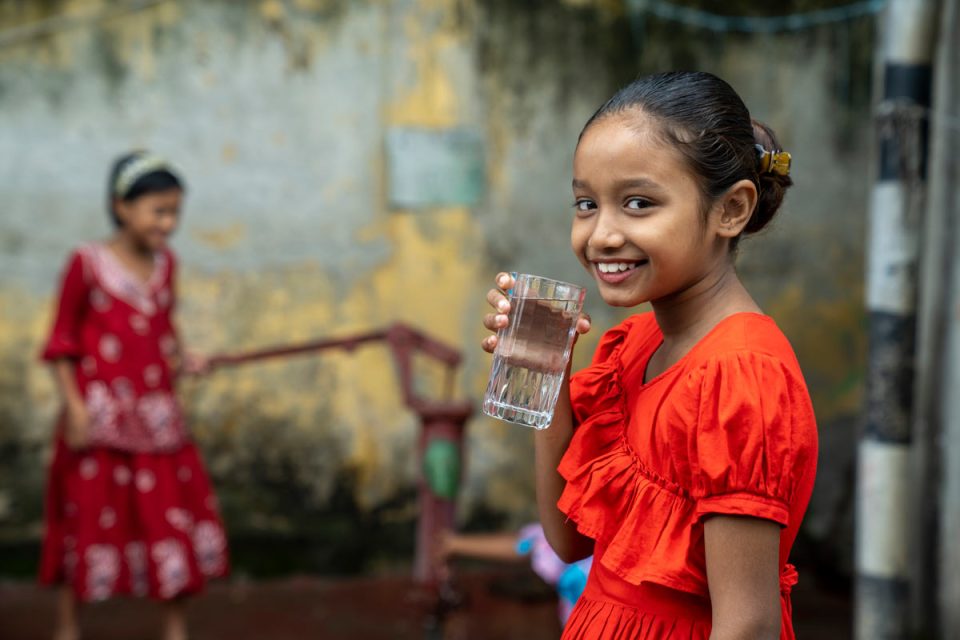
Abita and her friends are pleased to have a new, safe drinking water supply. Previously, the water supply was unreliable and unclean. They did not like to drink it. This new supply was installed in December 2021 and comprises several groundwater sources, which are treated and distributed to community wash facilities. For Abita, it has made her life much easier.
Image source: © Habibul Haque, WaterAid.
Téhini, Côte d’Ivoire
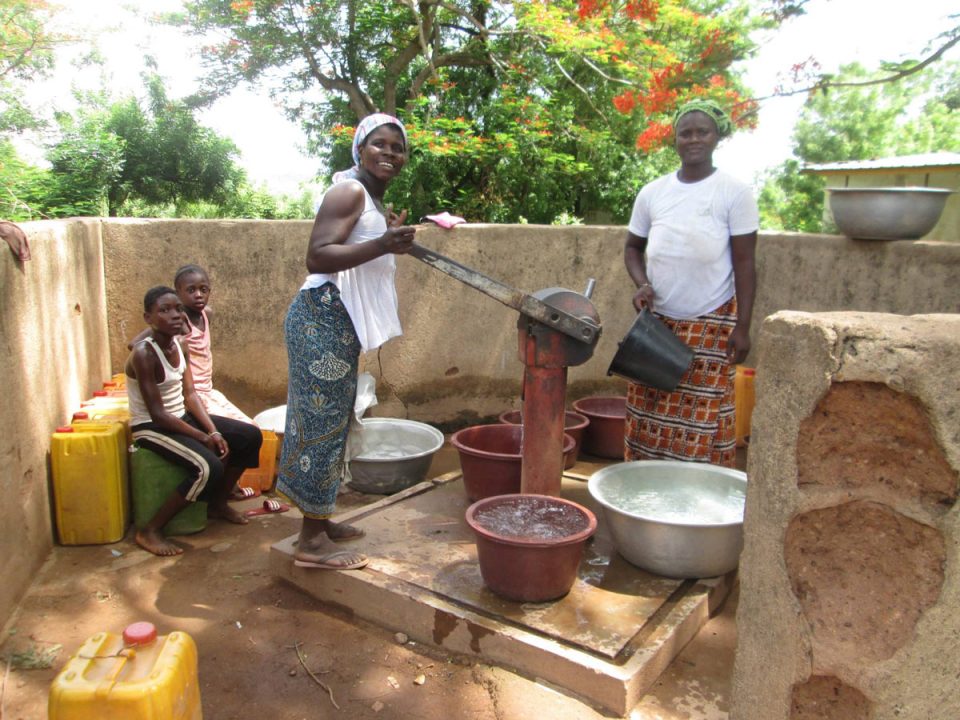
Women in the village of Téhini, in north-eastern Côte d’Ivoire, collecting water from a groundwater supply within their village. In Côte d’Ivoire, more than 30 per cent of people lack even basic water services and the poorest households are affected the most. However, this borehole is located very close to the women’s houses, meaning they can collect more water every day and don’t have to carry it so far.
Image source: © Samuel Kouakou.
Mompiano, Italy
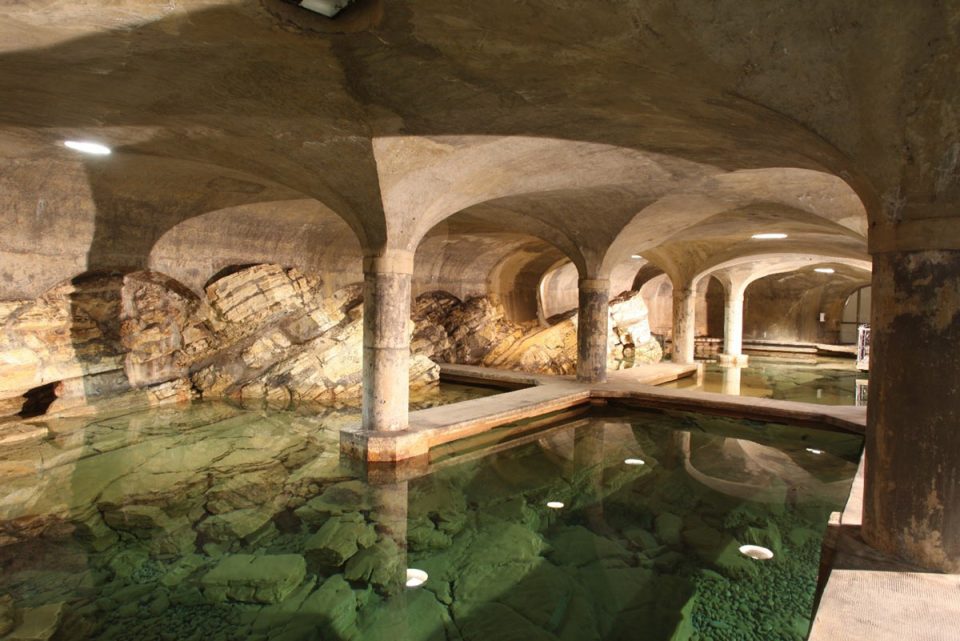
The Mompiano spring in Italy has been an urban water supply for 2000 years. The availability of abundant, good-quality groundwater helped society and surrounding settlements grow and prosper over millennia.
Image source: © Tullia Bonomi, IAH Italy.
Kachchh, India
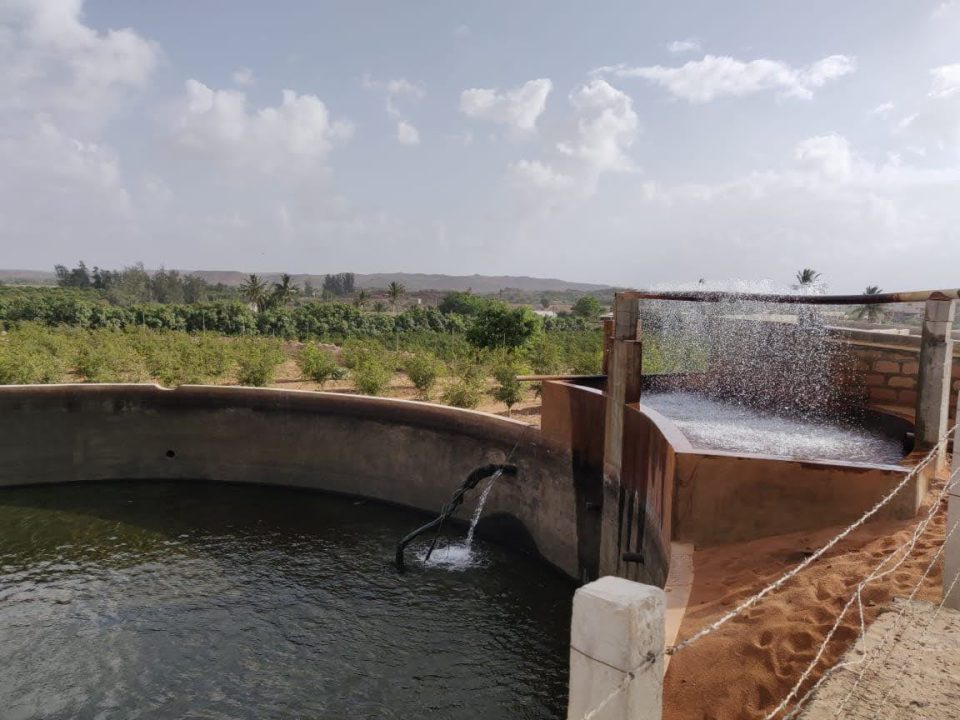
Agriculture in the arid region of Kachchh is only possible because of groundwater and production has increased markedly in the last two decades due to groundwater irrigation. The groundwater is pumped, aerated and filtered before being used to irrigate high-value horticulture.
This photograph is dedicated to the photographers’ grandfather, Mr Chhagan Mavji Patel, a farmer who was forced to migrate from this area due to drought during the 1950s. He encouraged young Praharsh to explore the groundwater and agriculture in their native region of Kachchh. More information.
Image source: © Praharsh Patel.
Nyiragiseke, Rwanda
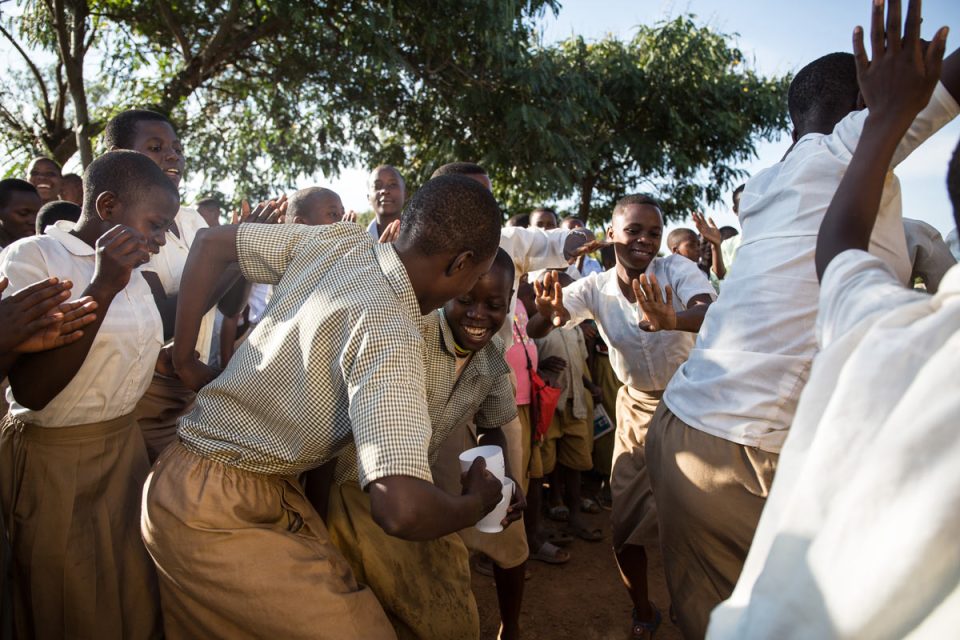
Students are dancing at Scholair Nyiragiseke in Rwanda to celebrate a new solar-powered groundwater supply to the school and health centre. The head teacher has noticed a marked increase in attendance and the school uses the clean water to provide school lunches. The students said they prefer to go to school now because clean water is closer at hand than at home.
Image source: © Jacques Nkinzingabo, WaterAid.
Nigeria
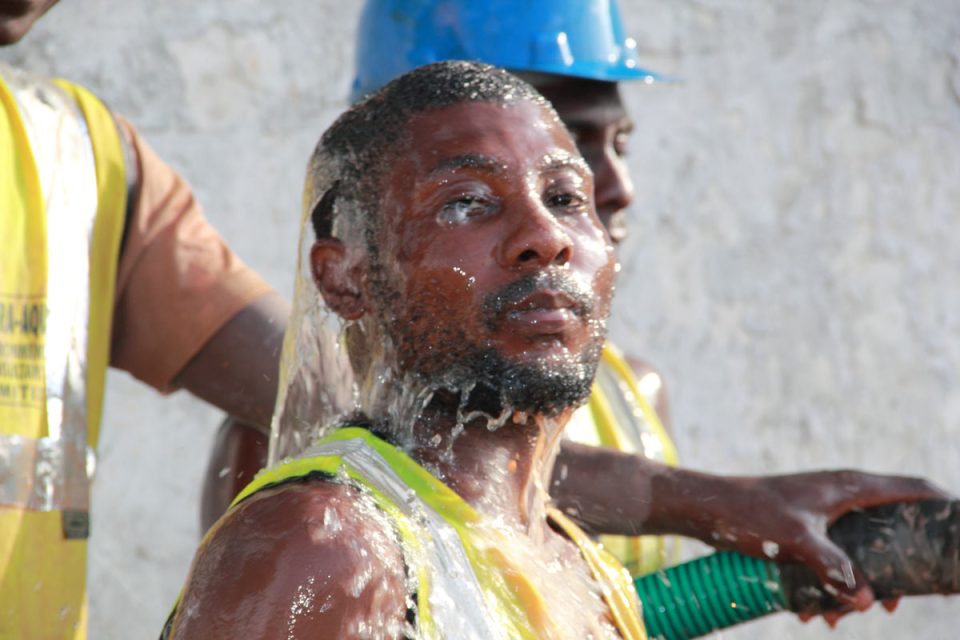
Over the last 30 years, manual drilling has become very popular in Nigeria, providing boreholes for households. The benefits for water users of having water in the house are obvious and it is important to acknowledge the hard work of the drillers. Drilling is their livelihood and is a flourishing business. It has been vital for the economy of Lagos and beyond.
Image source: © Kirsten Danert, Ask for Water GmbH.
Mangochi, Malawi
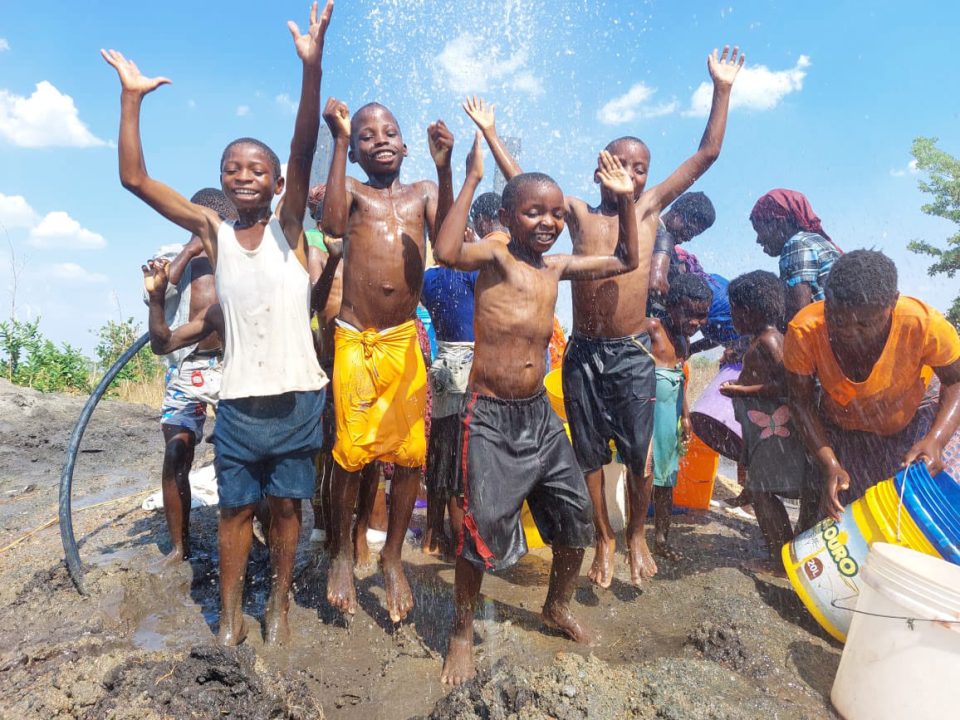
Children playing in the water from the flushing of a newly drilled borehole in Mangochi, Malawi. For a long time, people in this village had to walk to unsafe sources outside the village because it has been hard to find groundwater. This new, successful borehole will reduce collection time and improve the quality of the water.
Image source: © Joseph Kanjirawaya.
Alxa Province, China
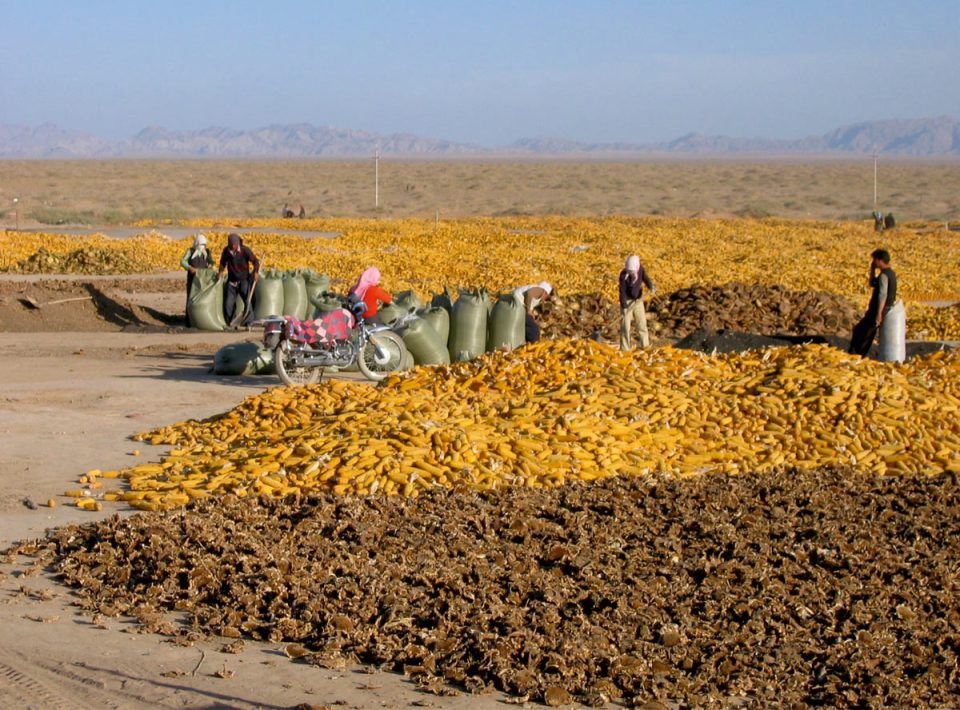
Harvesting sunflower seeds and maize from the Alxa Province in Inner Mongolia. The area is entirely dependent on groundwater for irrigation around two oases, with the groundwater recharged from episodic high rainfall events. People have a thriving livelihood from small farms, supplying local and national markets with the farming community growing after the settlement of pastoralists. More information.
Image source: © Brighid Ó Dochartaigh, BGS/UKRI.
Malta
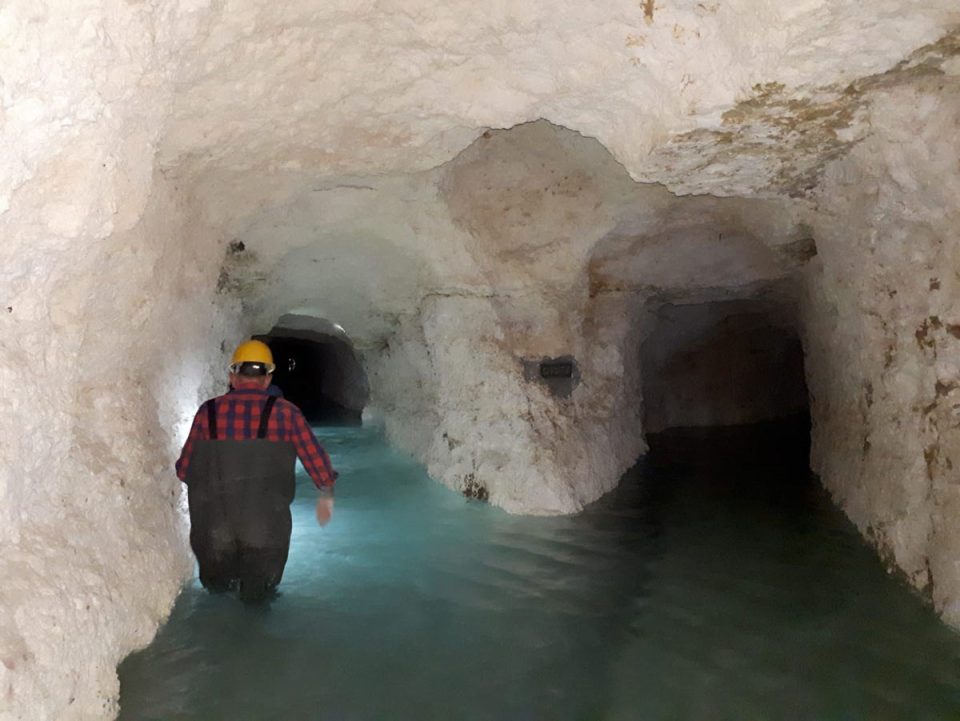
Malta relies heavily on groundwater from the island limestone aquifers for drinking, agriculture and industry. Fresh water sits as a lens above the denser salt water and pumping at a high rate from a borehole can draw in the saline water. To get around this problem in the mid-20th century, many kilometres of tunnels were constructed to skim off the fresh water without disturbing the saline water.
Image source: © Andrew Newell, BGS/UKRI.
Madagascar
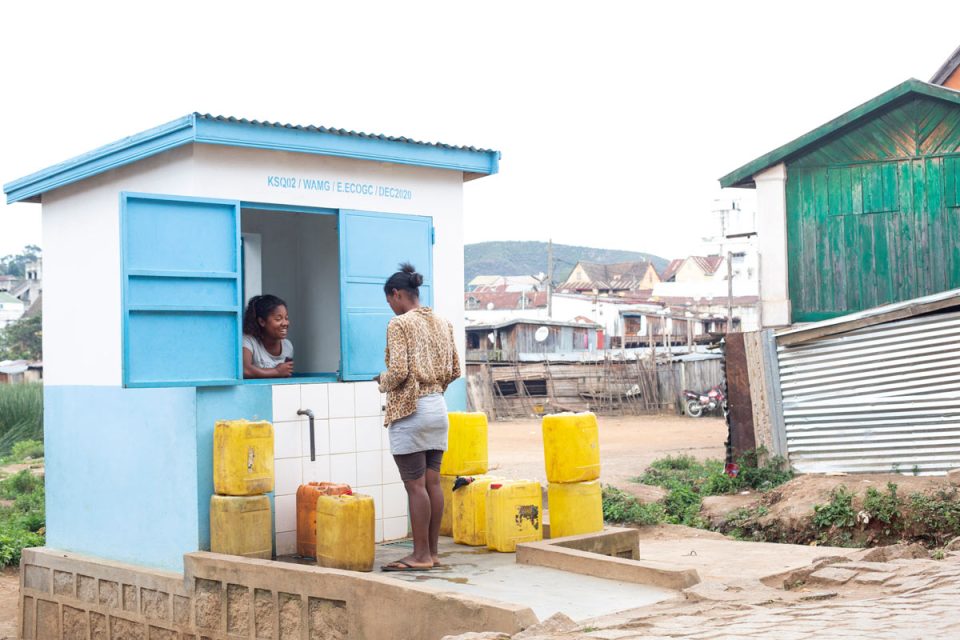
Aurelie Tafutasoe is a water kiosk manager serving her community with clean water. Although the small town is less than 50 km from the Madagascan capital, it is very rural and the kiosk is located in the centre of the market. People now don’t need to collect from the old, unreliable sources and can buy safe groundwater for drinking when they visit the market.
Image source: © Ernest Randriarimalala.
Zambia
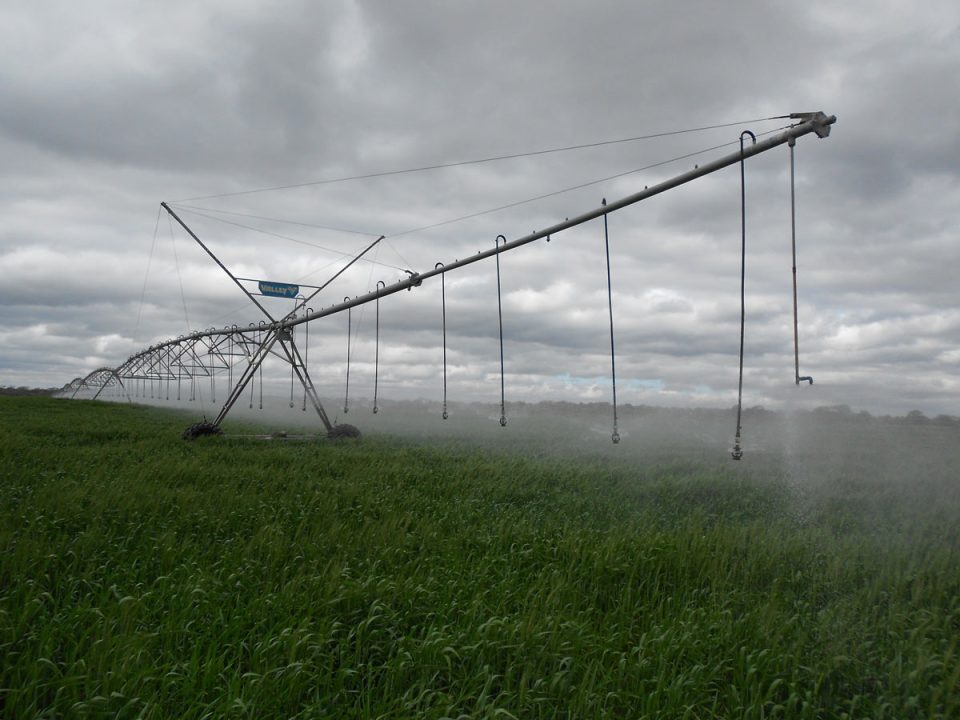
Large industrial farms in the copper belt in Zambia are irrigated using pivot irrigators relying on groundwater. The large, industrial-scale irrigation provides good-quality jobs and external revenue.
Image source: © Dan Lapworth, BGS /UKRI.
Madagascar
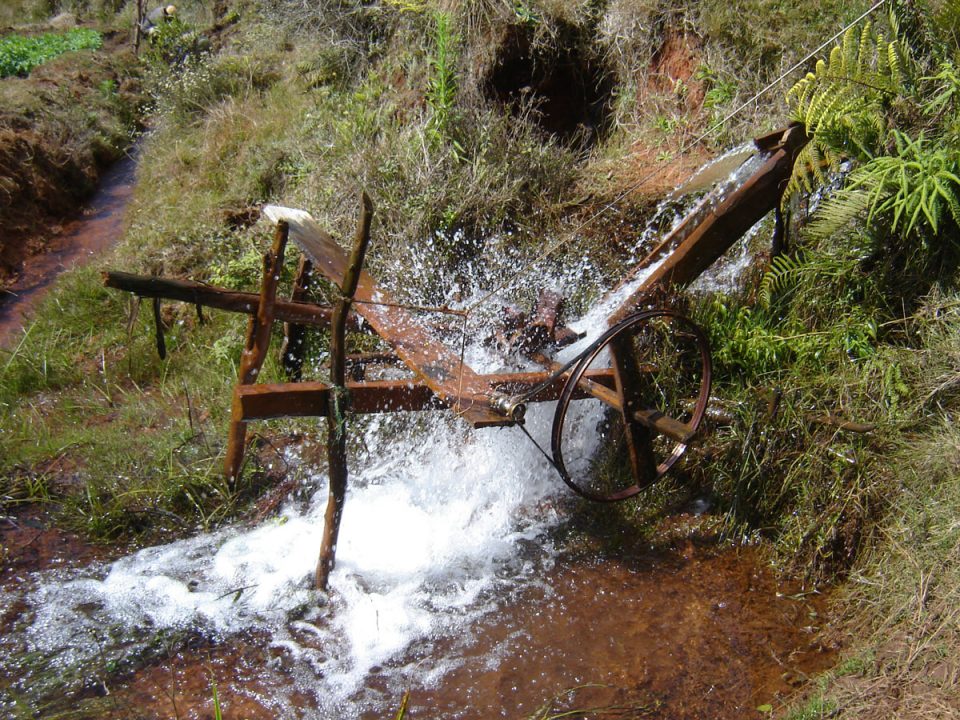
An ingenious micro hydro-electric plant run from a groundwater spring in Madagascar. The electricity provided is used to power lights in a nearby house at the top of the slope.
Image source: © Dan Lapworth, BGS/UKRI.
Orvieto, Italy
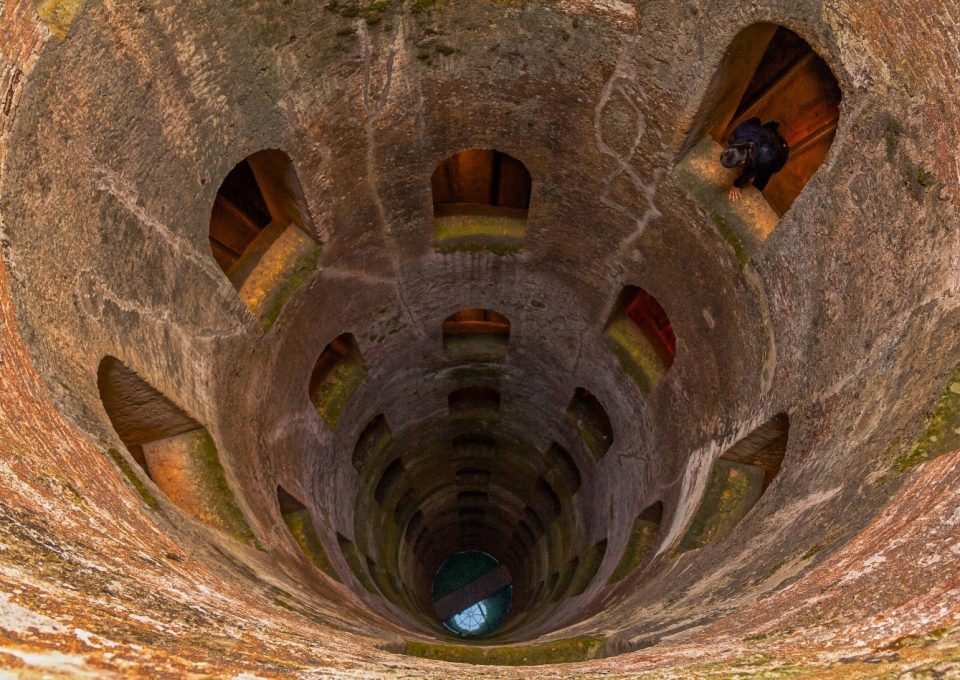
Access to groundwater often improves people’s safety and security. In the sixteenth century, the Pope took refuge in the town of Orvieto and, in order to ensure sufficient water supply in the event of a long siege, St Patrick’s Well was constructed. The beautiful design incorporates a double helix, allowing donkeys to travel up and down without bumping into one another.
Image source: © Class 1A of the School Rol (S.Secondo di Pinerolo, Turin), IAH Italy.
Segou region, Mali
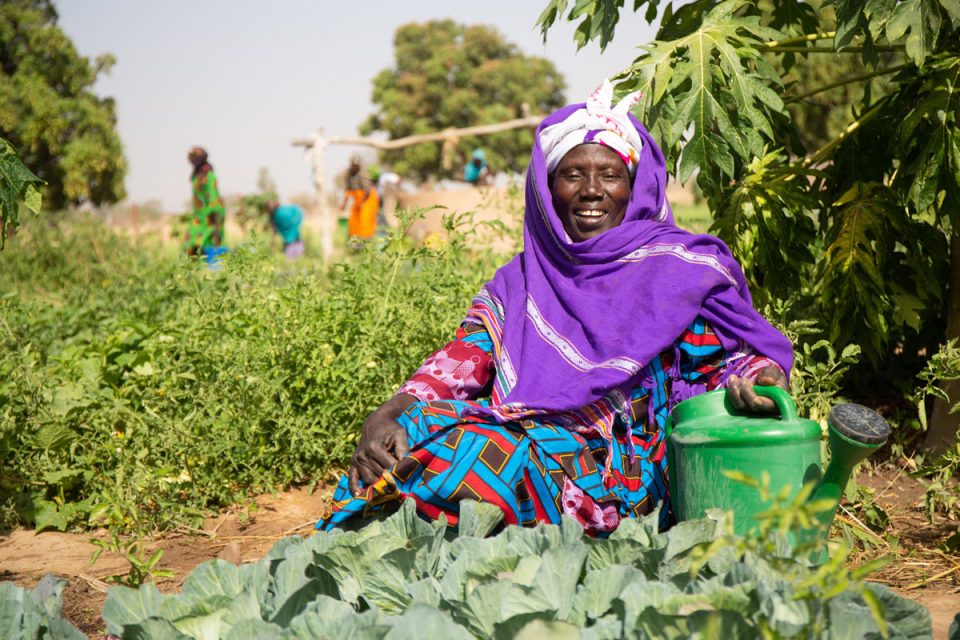
Miriam Sogoba is watering her market garden in the Segou region of Mali. This is part of a women’s association of 45 women. As well as pumping the groundwater, they monitor the rainfall and groundwater levels to help manage the water sustainably. ‘Since I joined the market garden, the money I have gained from the sale of vegetables has helped so much – buying clothes for the children and helping me buy a sheep and a goat.’
Image source: © Basile Ouedraogo, WaterAid.
More information
WaterAid is working to make clean water, decent toilets and good hygiene normal for everyone, everywhere, within a generation. The international not-for-profit organisation works in 28 countries to change the lives of the poorest and most marginalised people. Since 1981, WaterAid has reached 28 million people with clean water and nearly 29 million people with decent toilets.
- 771 million people in the world – one in ten – do not have clean water close to home
- Almost 1.7 billion people in the world – more than one in five – do not have a decent toilet of their own
- Over 300 000 children under five die every year from diarrhoeal diseases caused by poor water and sanitation; that’s more than 800 children a day, or one child every two minutes
- Investing in safely managed water, sanitation and hygiene services provides up to 21 times more value than it costs
[1] WHO/UNICEF (2021) Progress on household drinking water, sanitation and hygiene 2000-2020. Joint Monitoring Programme. Geneva: World Health Organisation.
[2] WHO/UNICEF (2021) Progress on household drinking water, sanitation and hygiene 2000-2020. Joint Monitoring Programme. Geneva: World Health Organisation.
[3] WaterAid calculations based on: Prüss-Ustün A, et al. (2019). Burden of Disease from Inadequate Water, Sanitation and Hygiene for Selected Adverse Health Outcomes: An Updated Analysis with a Focus on Low- and Middle-Income Countries. International Journal of Hygiene and Environmental Health. vol 222, no 5, pp 765-777. AND The Institute for Health Metrics and Evaluation (2020) Global Burden of Disease Study 2019. Seattle, WA: University of Washington.
[4] WaterAid. (2021) Mission-critical: Invest in water, sanitation and hygiene for a healthy and green economic recovery.
Relative topics
Related news

World Water Day 2023: groundwater photo stories
22/03/2023
A showcase of groundwater use from around the world highlighting how developing groundwater has benefited the lives of many people.
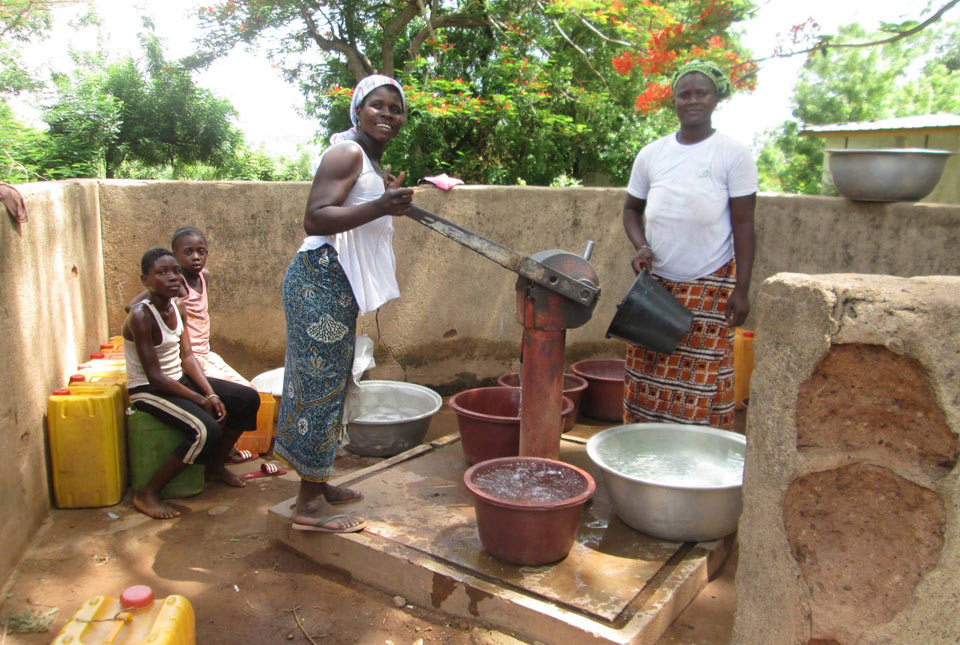
A tale of two groundwaters
21/03/2023
Why the United Nations 2023 Water Conference needs to know more about groundwater.
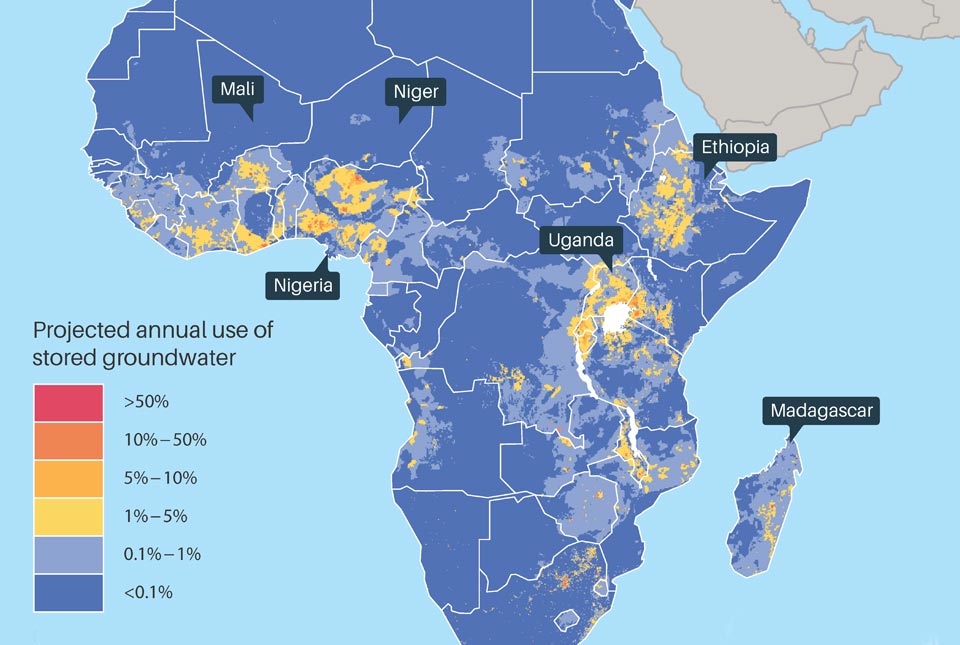
World Water Day 2022
22/03/2022
Groundwater: how BGS is helping to make the invisible visible

World Water Day
22/03/2021
Jade Ward shares an overview of the ways in which groundwater resources are helping to address worldwide issues such as the global water crisis, waterborne disease and climate change adaptation.



